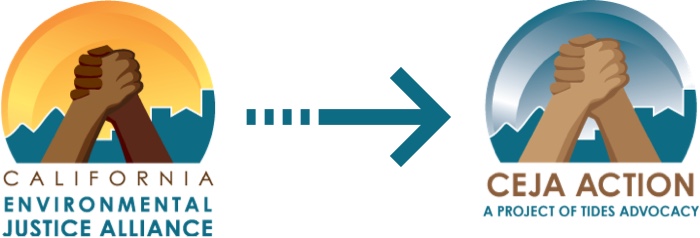Legislature should stand for Environmental Justice
Check out our great op-ed in the Sac Bee on the release of our 2nd EJ Scorecard!
In his inaugural speech, Gov. Jerry Brown promised to be a national leader on environmental issues. If California wants to pass big environmental policies, legislators need to look to people of color to lead the way.
On Wednesday, the California Environmental Justice Alliance releases its second annual Environmental Justice Scorecard, which analyzes how legislators stood on policy measures that impact working-class communities and communities of color. The 2014 scorecard highlights a new reality for environmental policy that Brown touched on: Legislators can no longer ignore the issues that communities of color care about.
The scorecard proves that the shift is already underway, but we still have a long way to go. Several lawmakers received perfect scores for last year, meaning they took the same positions as our coalition did.
They include Sens. Jim Beall, Hannah-Beth Jackson, Mark Leno, Carol Liu, Holly Mitchell, Bill Monning, Fran Pavley and Lois Wolk; former Senate President Pro Tem Darrell Steinberg; then-Sens. Ellen Corbett, Mark DeSaulnier and Ted Lieu; Assembly members Adrin Nazarian and Phil Ting; and then-Assembly members Tom Ammiano and Nancy Skinner.
Not surprisingly, these legislators represent largely urban and traditionally progressive constituencies. Among the lower scores were legislators from more rural regions such as the San Joaquin Valley, where even Democrats failed to side with environmental justice across the board.
That means they also failed their constituents since they represent communities that face both immense poverty and environmental challenges, such as some of the nation’s worst air quality and the impacts of drought.
Across the state and the country, people of color bear the overwhelming brunt of environmental hazards and show support for progressive environmental policies at a higher rate than their white peers. To maintain support among California’s new and growing majority, decision makers will need to give more weight in their agendas to the environmental concerns of communities of color.
African Americans, Asian Americans, Latinos and other people of color make up about 60 percent of California’s population. Voters of color were critical to the outcome of major climate change ballot measures in the past three years – passing Proposition 39, which is projected to generate up to $1 billion each year to support renewable energy jobs by closing a corporate tax loophole; and defeating Proposition 23, which would have overturned California’s landmark climate change law, Assembly Bill 32.
As the Legislature begins to debate new proposals on climate change and we consider the results of our new scorecard, it is clear any new state policies must do one thing: Demonstrate direct benefits and reduce greenhouse gas emissions in communities already bearing disproportionate environmental health problems.
Political issues related to environmental justice – the disproportionate burden of pollution in low-income communities and communities of color and the harm to health and quality of life – cannot be sidelined any longer. They will be the most critical environmental policies for California in 2015. The constituencies most impacted by these policies are rapidly growing their political voice and power, demanding to be heard as California takes strides toward environmental health.
Strela Cervas is coordinator of the California Environmental Justice Alliance, an statewide coalition of community organizations.

